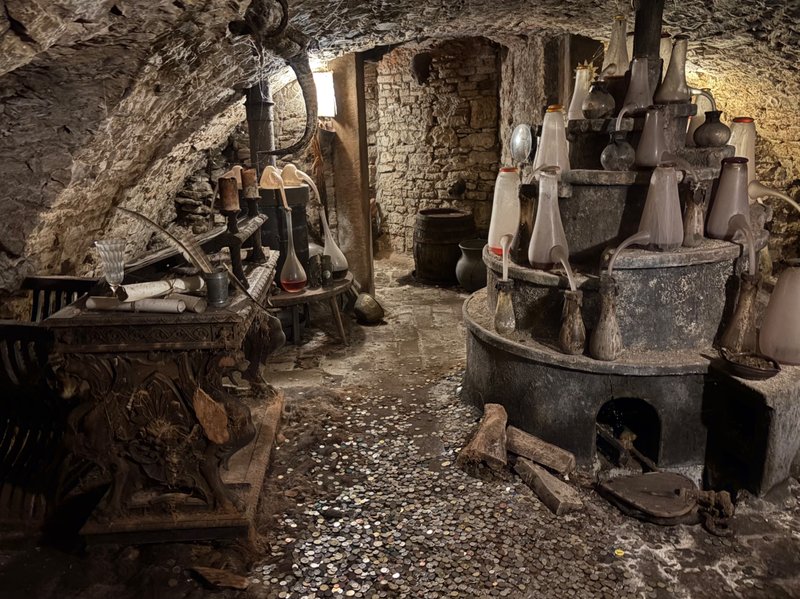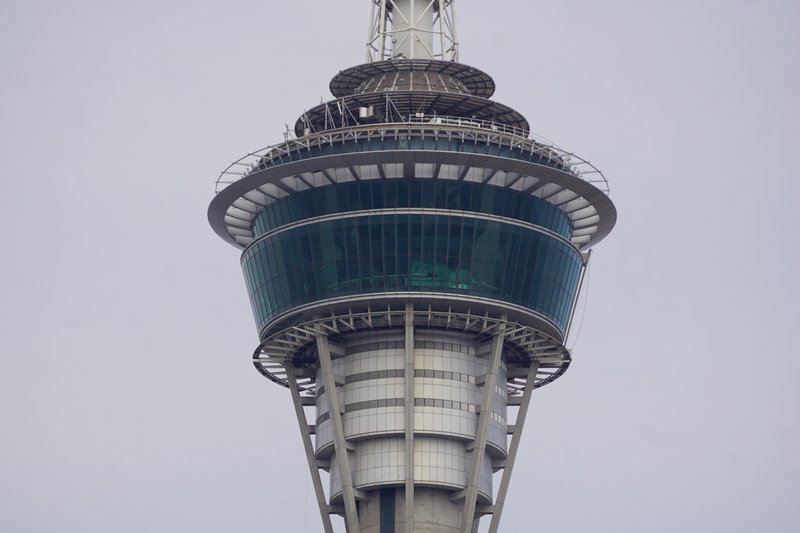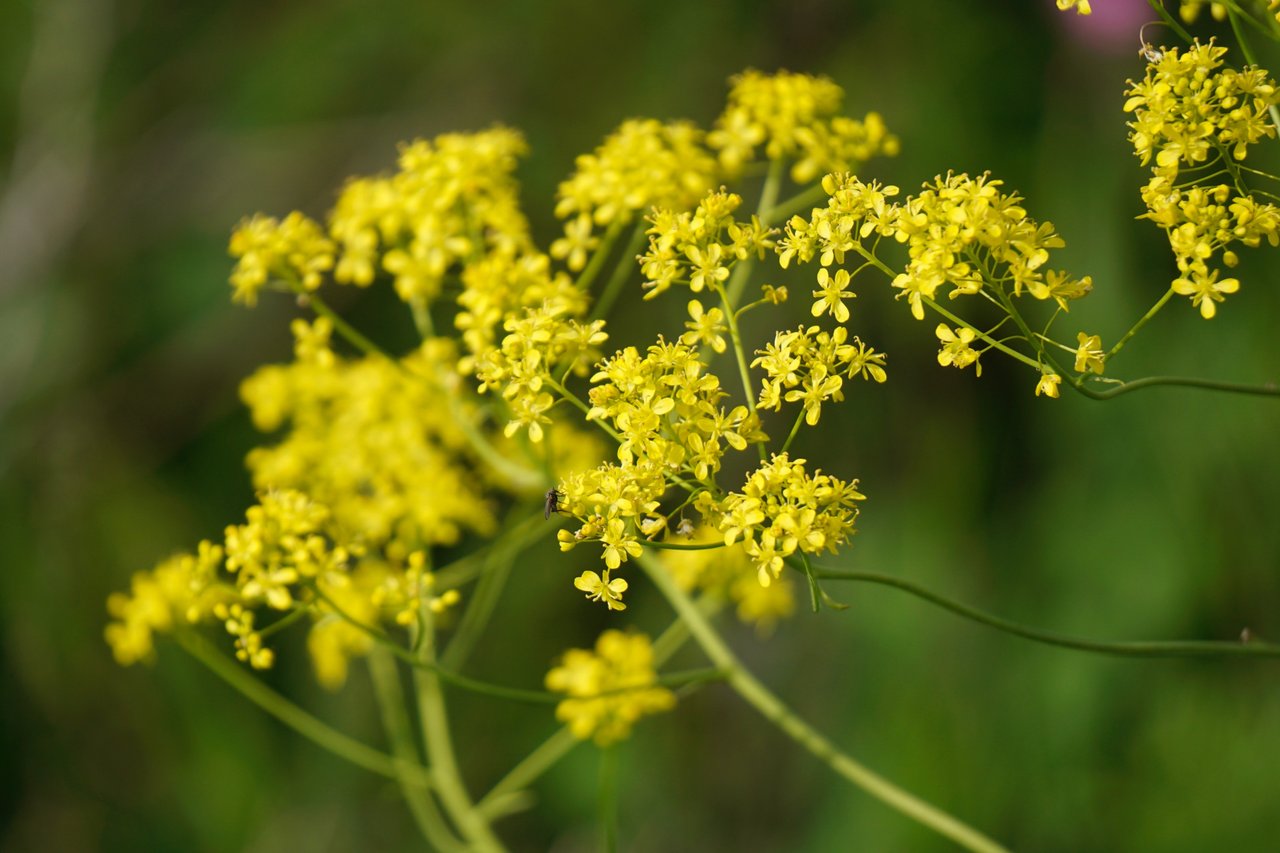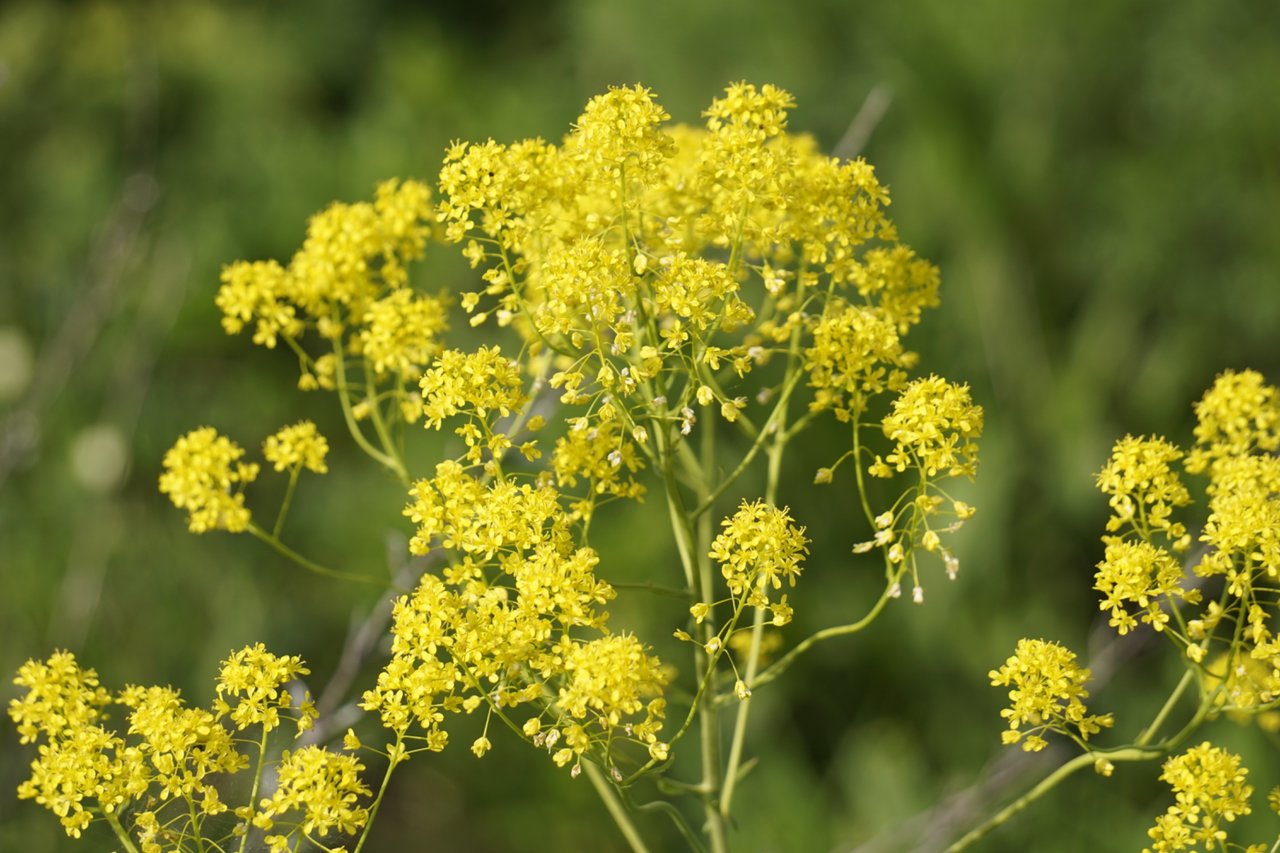History of the Woad Mills
10 comments
Good day dear hive community, I hope you all had a weekend which was full of positive experiences and a great start to the new week! Today I have decided to address an interesting historical topic and hope you can expand your knowledge.
Here you can see pictures which I already took some time ago of woad which is also known under the scientific name Isatis tinctoria and it is a very old plant that is known for its indigo color which can be extracted from it. At the beginning it was very elaborate to extract the pigments by hand and special mills were created with the help of which it was possible to simplify the whole thing and these mills were also called woad Mills and to illustrate this topic better I created an illustration that is associated with it with artificial intelligence. The first traces of this type of mill can be traced back to the Middle Ages and the ever-increasing demand for color pigments led to the fact that over the years more and more of these mills were built and it was still in operation until Renaissance until it was displaced by other dyes. The leaves are used for the purpose of extraction and these do not directly contain a blue dye but the active ingredients indican or isatan from which the typical indigo color was made. The leaves were crushed with the help of a mill wheel which was usually made of stone and then it was fermented and after this process the fermented plant parts were formed into a ball and then dried. The reason why it was formed is to store and transport it better and these balls were then picked up by traders and brought to the market and this was the basis for further processing into dyes and at that time a huge market was created around these balls from woad which were even used for export to other countries and the trade has helped some areas to great wealth. For the subsequent processing, these balls were now crushed and placed in liquids and with the help of heat, this mixture was heated and then textiles were inserted into it to dye it and after the textiles were removed from the liquid, the chemical reaction of oxygen colored the textiles blue and impurities were removed by the subsequent washing of the textiles.
Thank you very much for stopping by and I hope you could learn something new about history! I captured these pictures with my Camera Sony Alpha 6000 plus 55-210 mm lens!







Comments